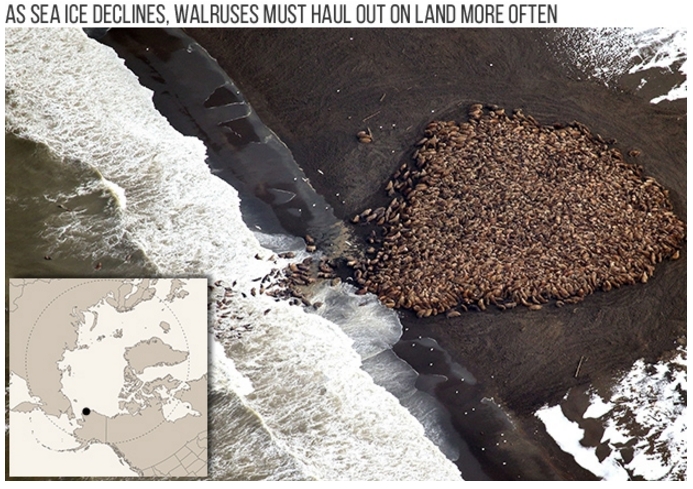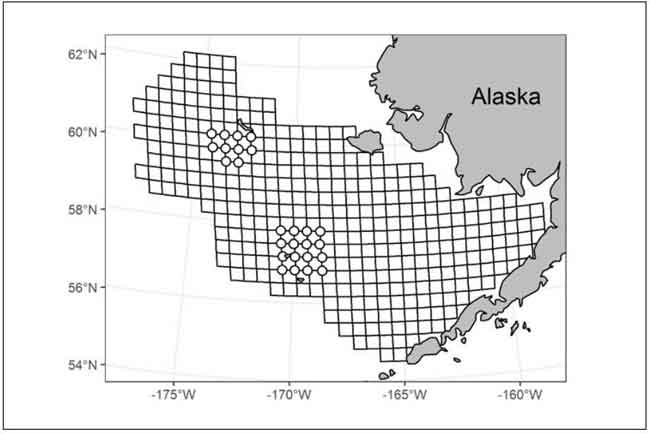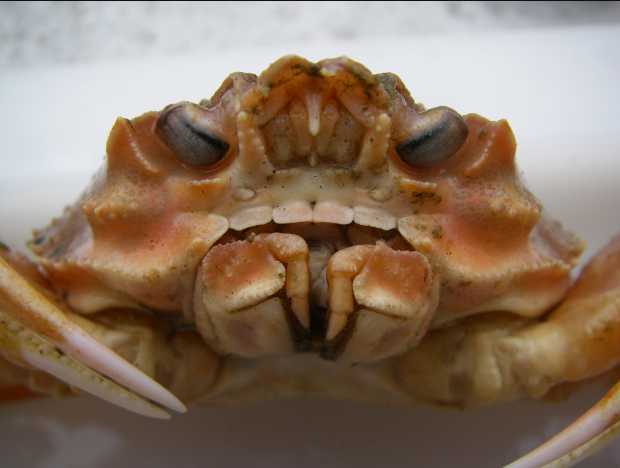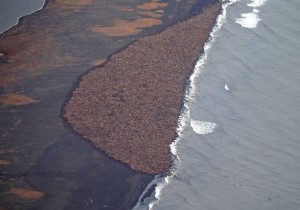
Once again, Pacific Walrus are hauling out on the beaches in northwestern Alaska as the sea ice retreats beyond their reach. NOAA estimates as many as 35,000 have hauled out onto the beach five miles to the north of Point Lay.
Prior to the massive melts that have occurred in recent years because of climate change and a warming Arctic, Walrus would generally haul out onto the ice as they foraged the ocean bottom in search of food that includes clams, sea cucumbers, tube worms as well as crab and shrimp.
But, as the ice retreats away from the continental shelf, walrus move from the ice to areas onshore because of their inability to dive for food in the greater depths as the ice retreats. Walrus can only dive to a estimated depth of 260 feet.
When walrus congregate in such massive numbers onshore as opposed to spread out over a much larger areas on the sea ice, stampeding can and does occur, much to the detriment of the younger pups, who many times are crushed under the large numbers rushing for the safety of the sea.
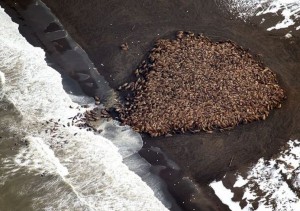
This is what is believed to have happened to approximately 50 animals who’s carcasses have been seen by observers in the area. The U.S. Fish and Wildlife Service is sending in a necropsy team to determine if that in fact was the cause of death.
Large numbers of the massive sea mammals were first seen hauling out on land in 2007, and have done so again in 2009, 2010, 2011, and 2013. But, this year’s numbers are larger than in previous years.
The walrus, when congregated in such large numbers, can quickly decimate the food supply in the immediate area, and may move fairly soon to another area before ice once again returns to the area. The large sea mammals began moving onshore earlier in the month and quickly increased in numbers in a few short days.




